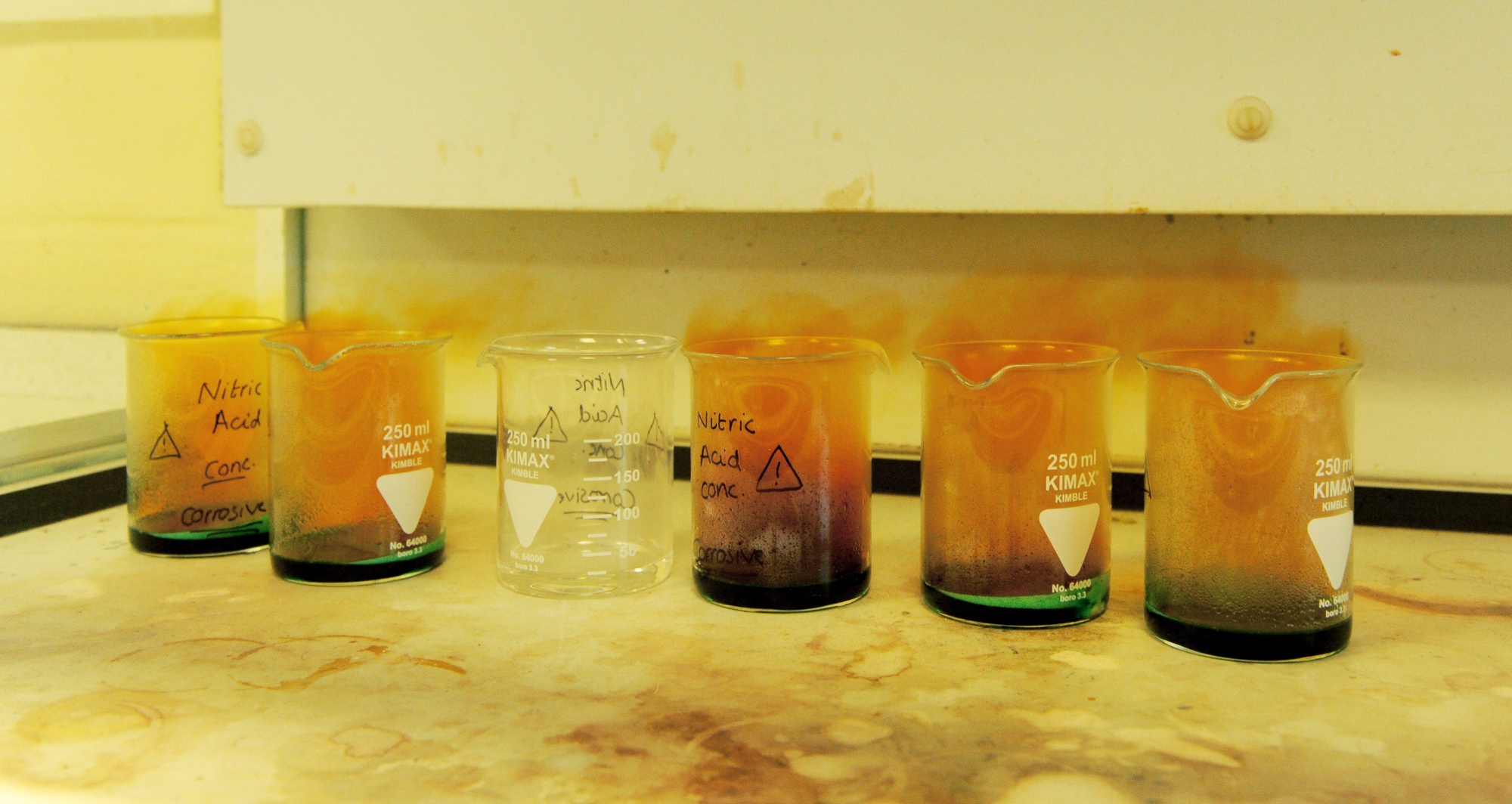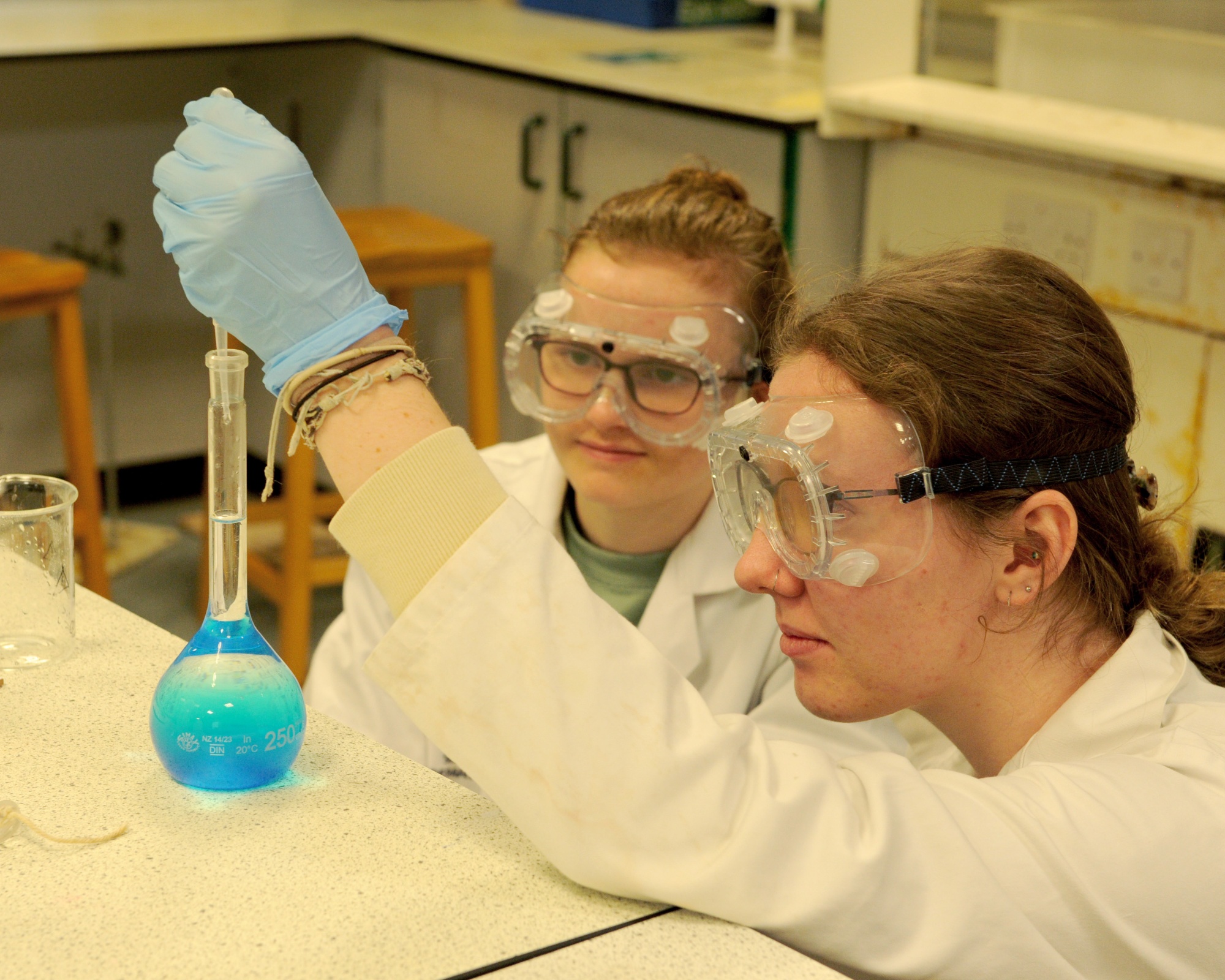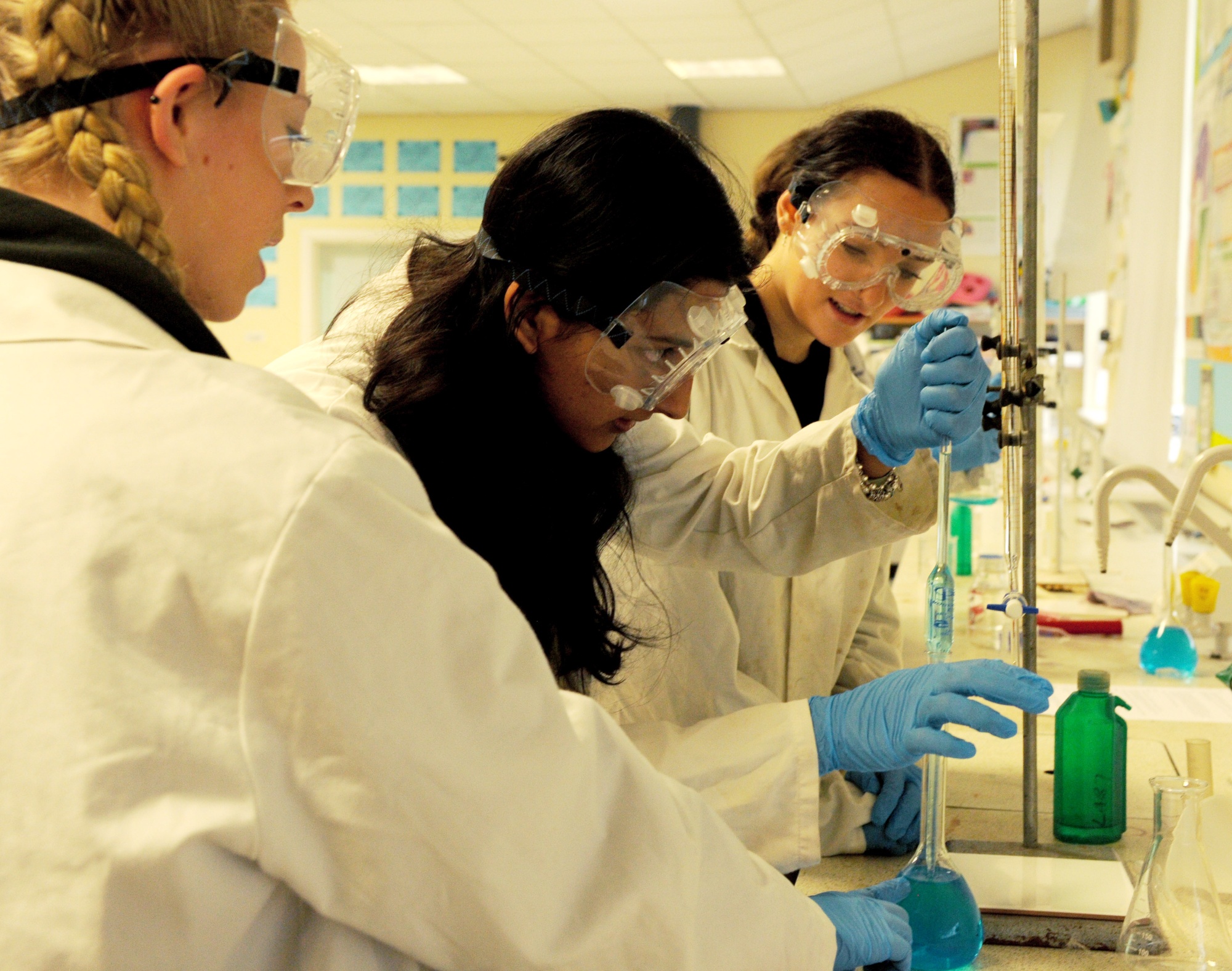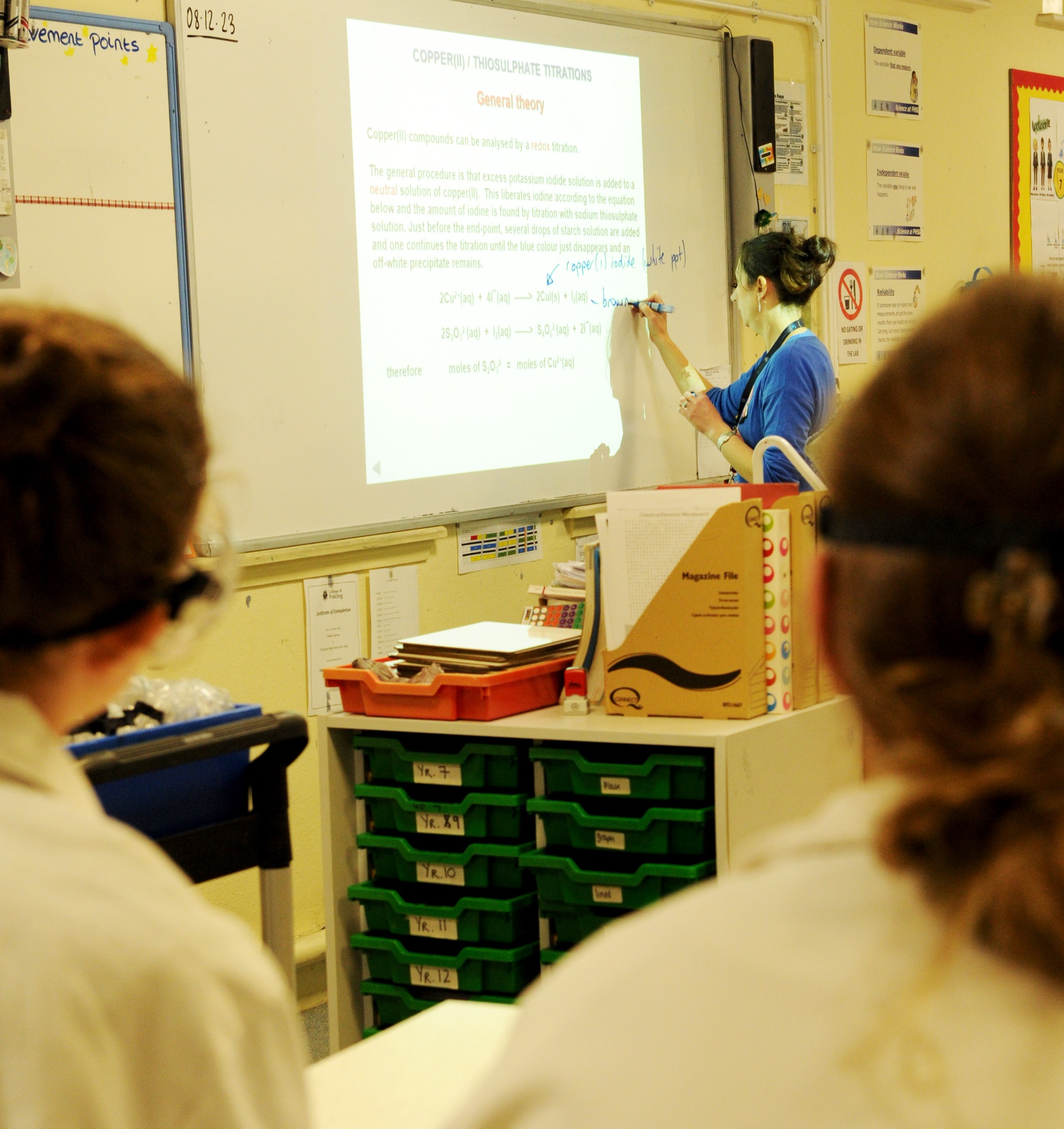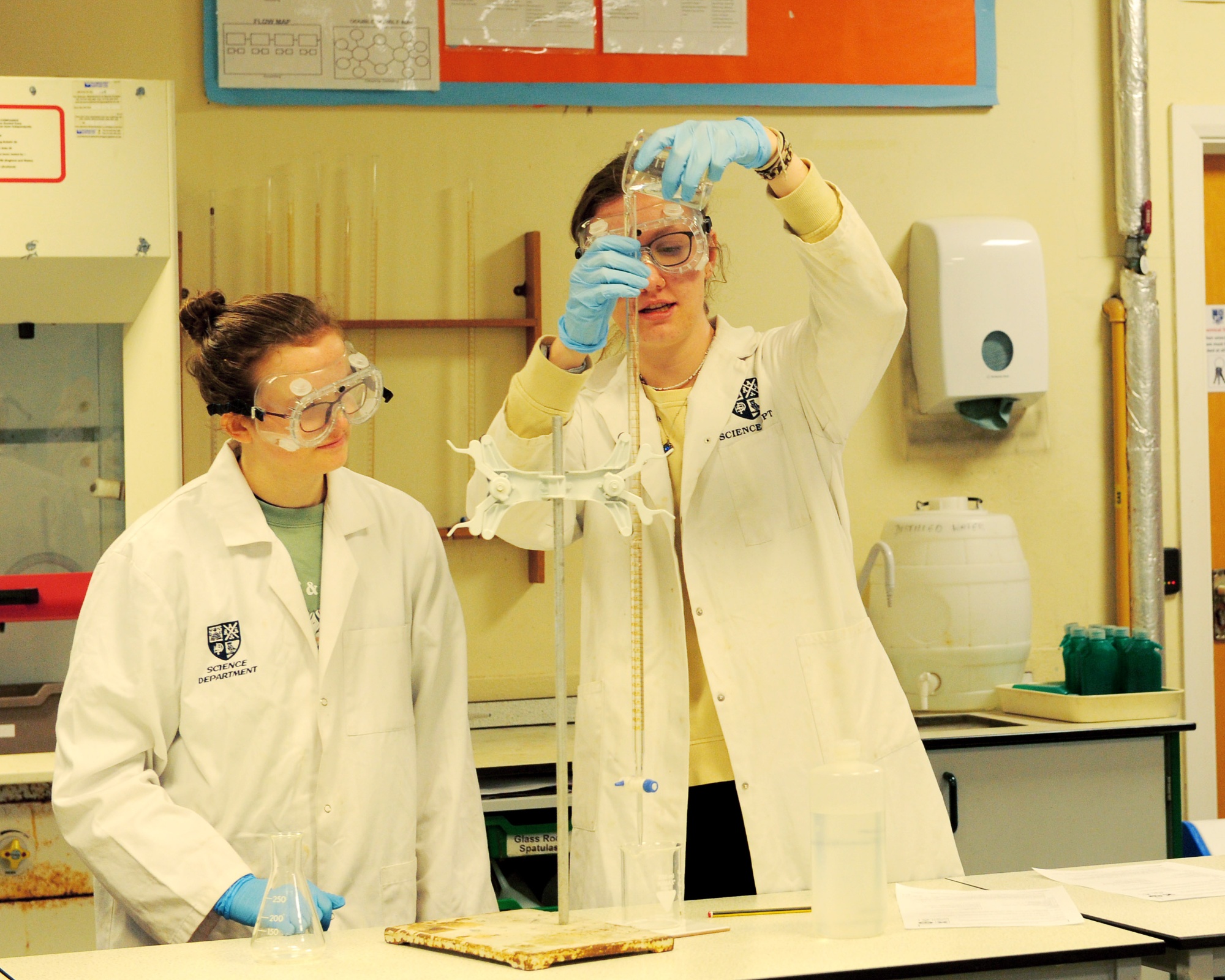What is the percentage of copper in 'copper' coins?
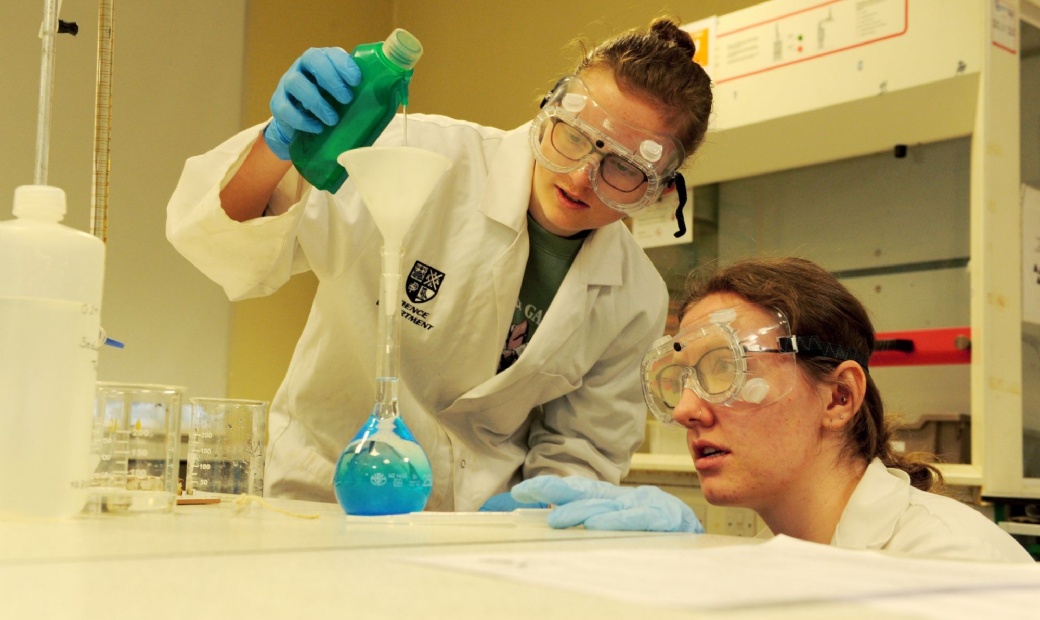
This week, our Year 13 Chemistry experiment determined the percentage of copper in 1p pieces, using titrimetric analysis.
The experiment focused on determining the percentage of copper in a common copper coin. Students were tasked with employing a series of chemical reactions to extract the copper from the coin and quantify its presence. The process involved carefully controlled steps, such as dissolution, filtration, and precipitation, ultimately leading to the isolation of copper.
The experiment yielded intriguing results, showcasing the versatility of copper coins. Understanding the percentage composition of copper coins is not just a matter of scientific curiosity. It holds practical importance, especially in fields such as metallurgy, economics, and even numismatics. The findings from this experiment shed light on the purity of common currency and how this has influenced decisions related to coinage materials and manufacturing processes.
Beyond the practical applications, the experiment served as an engaging educational tool. Students were able to hone their skills in laboratory techniques, data analysis, and the application of chemical principles.
